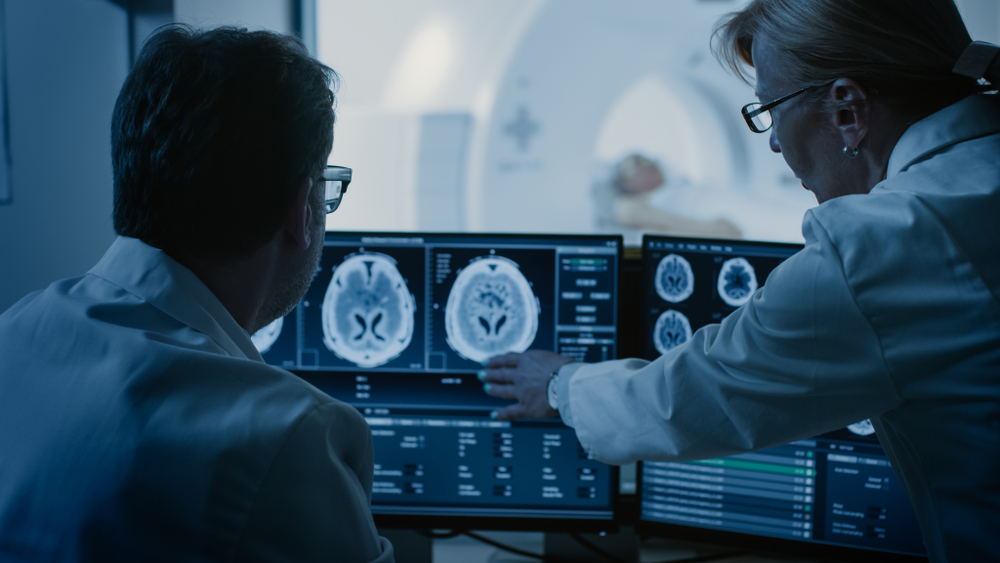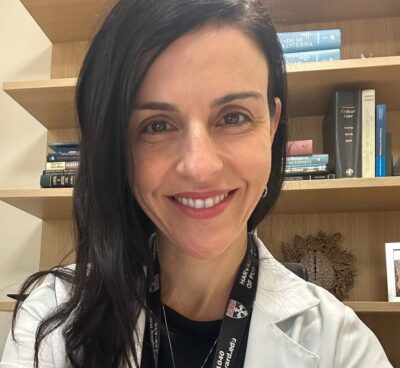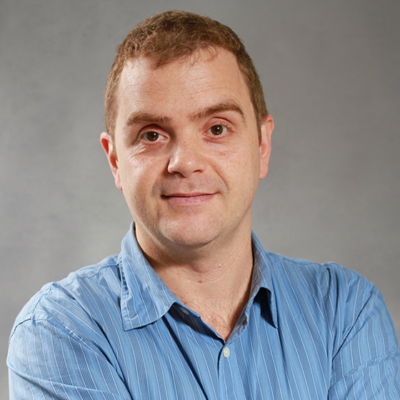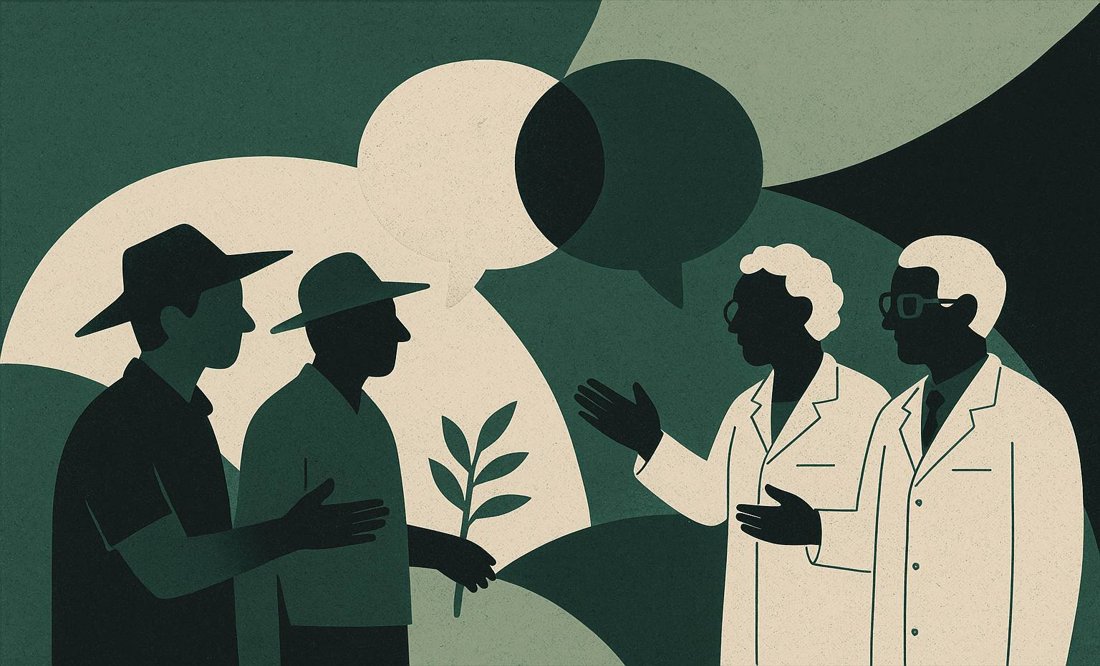 #Suggested Reading
#Suggested Reading
Behind the scenes of gene editing
Walter Isaacson’s work is essential to understanding the ways biochemist Jennifer Doudna contributed to the development of CRISPR-Cas9
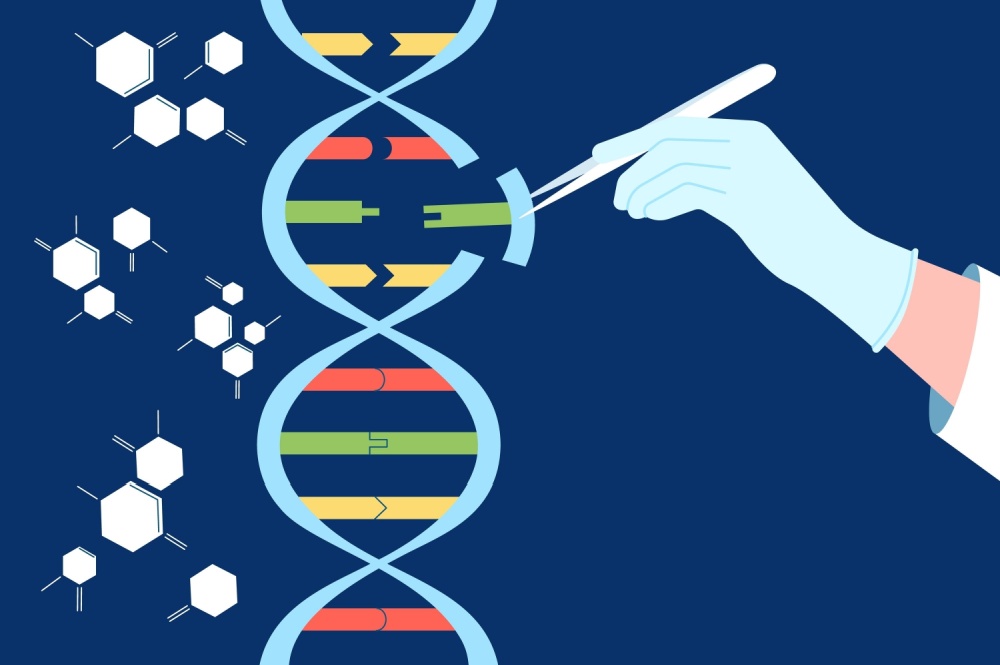 CRISPR-Cas9 is a revolutionary technique capable of altering genes in any living cell; it can be used to directly edit specific target regions and to correct genetic mutations that cause diseases such as sickle cell anemia | Image: Shutterstock
CRISPR-Cas9 is a revolutionary technique capable of altering genes in any living cell; it can be used to directly edit specific target regions and to correct genetic mutations that cause diseases such as sickle cell anemia | Image: Shutterstock
MY RECOMMENDATION:
The Code Breaker: Jennifer Doudna, Gene Editing, and the Future of the Human Race (Simon & Schuster, 2021), by American journalist and biographer Walter Isaacson.
WHY IS THIS BOOK RELEVANT?
In recent decades, gene therapy has been established as a safe, curative, and efficient therapeutic alternative for several acquired and genetic diseases due to the dizzying advance of gene-editing tools, in particular the CRISPR-Cas system, based on RNA-guided nucleases.
The story begins in the 1980s, when PhD student Yoshizumi Ishino of Osaka University, Japan, first observed repetitive sequences of 29 nucleotides—which would later be recognized as spacers—in the genome of the bacterium E. coli.
This discovery culminated in the description of the CRISPR-Cas9 system, published in the journal Science in 2012. The lead researchers on the project, American biochemist Jennifer Doudna and French microbiologist Emmanuelle Charpentier, won the 2020 Nobel Prize in Chemistry for their work.
The accessible and assertive language of American author and biographer Walter Isaacson—who has written biographies of many great names in science and innovation, including Albert Einstein (1879–1955), Leonardo da Vinci (1452–1519), and Steve Jobs (1955–2011)—captivates the reader with each chapter, as he offers a glimpse into the work done by Jennifer Doudna (a researcher at the University of California, Berkeley) behind the scenes and the science involved.
The book describes in great detail the scientific process that led from basic research and functional characterization of the Cas9 protein to innovations and applications in health, including the use of CRISPR-Cas9 as a gene-editing tool.
Isaacson also discusses the various applications and implications of CRISPR-Cas9, including its use in diagnostics, COVID-19 vaccine development, biohacking, and genetic improvement.
In the final chapters, he addresses ethical questions about how the tool may be used and how its misuse could shape the future of humankind.
The case of Chinese scientist He Jiankui, who broke national regulations to produce the world’s first CRISPR-edited babies by deliberately mutating the CCR5 gene to promote HIV resistance in newborns, served as a major warning and a negative milestone that raised questions about the morality of science worldwide.
The scandal intensified discussions about whether to allow or completely ban research into human germline engineering.

Despite this moral dilemma, we cannot ignore the potential of gene editing to cure genetic syndromes with no current treatment options, in addition to acquired diseases such as cancer, ischemia, and viral infections.
Isaacson addresses questions about the future of science and makes clear his opinion that the benefits of CRISPR-Cas applications outweigh the risks.
WHAT MAKES THIS BOOK A MUST-READ?
Science is not limited to universities and research centers. Through an engaging narrative, Walter Isaacson recounts the trajectories of several PhD students and postdoctoral fellows who successfully left academia to found their own companies based on innovations described in their theses.
This is a highly competitive process through which a team of scientists and other professionals have to adapt to and understand the legal challenges of patent ownership, in addition to the dynamics of the corporate world.
A scientist’s journey does not necessarily end in a laboratory; the options are diverse, and multidisciplinarity is here to stay.
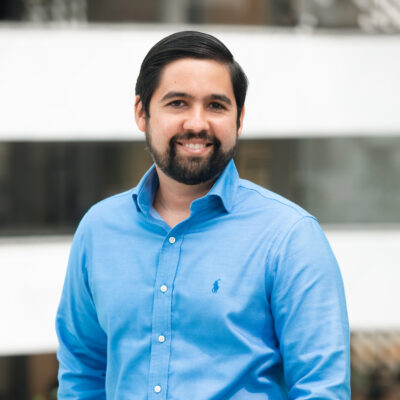
David Coe Torres is a biologist with an undergraduate degree from the Federal University of Ceará (UFC), a master’s degree in cellular and molecular biology from the Oswaldo Cruz Institute (FIOCRUZ), and a PhD in biological sciences from the Dresden University of Technology, Germany. He is a researcher at Hospital Israelita Albert Einstein, São Paulo, where he studies topics such as gene therapy, genome engineering, rare diseases, and hemoglobinopathy.
*
This article may be republished online under the CC-BY-NC-ND Creative Commons license.
The text must not be edited and the author(s) and source (Science Arena) must be credited.
